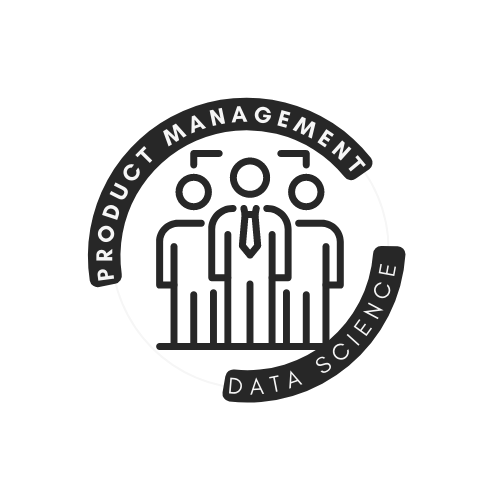Overview
This article explores the emerging field of agentic AI, where AI systems operate autonomously to accomplish goals with minimal human supervision. It covers technical architecture, implementation strategies, and product management considerations.
Key Topics
• Agentic AI vs. traditional AI systems
• Agent architecture and core components
• Multi-agent systems and coordination
• Planning, reasoning, and action execution
• Tool integration and external system connectivity
Technical Dive
Agentic AI systems can accomplish specific goals with limited supervision, consisting of AI agents that mimic human decision-making to solve problems in real-time.
Unlike traditional AI models that operate within predefined constraints, agentic AI exhibits autonomy, goal-driven behavior, and adaptability. The term “agentic” refers to these models’ agency – their capacity to act independently and purposefully.
Core Components of Agentic AI
1. Perception: AI agents gather and decode information from various sources like sensors, databases, and interfaces
2. Reasoning: Large language models guide the reasoning process, understanding tasks and crafting solutions
3. Acting: Agents perform tasks by connecting with external systems through APIs
4. Learning: Agents evolve through feedback, refining decisions and processes
5. Collaboration: Multi-agent systems coordinate efforts to achieve collective goals
Multi-Agent Systems Architecture
Multi-agent systems involve multiple autonomous agents working together to solve complex problems. Each agent operates independently with its own goals, knowledge, and decision-making logic, but collaborates through communication or shared environments. Coordination mechanisms include auctions, voting, rule-based agreements, and decentralized decision-making.
Implementation Frameworks
• LangChain: Popular framework for building LLM-powered agents
• AutoGen: Microsoft’s framework for multi-agent collaboration
• CrewAI: Specialized for content generation and workflow automation
• JADE: Java-based framework following FIPA standards
Product Management Strategies
• Define clear agent roles and responsibilities
• Implement robust monitoring and control mechanisms
• Plan for failure scenarios and fallback procedures
• Design transparent user interfaces for agent interactions
